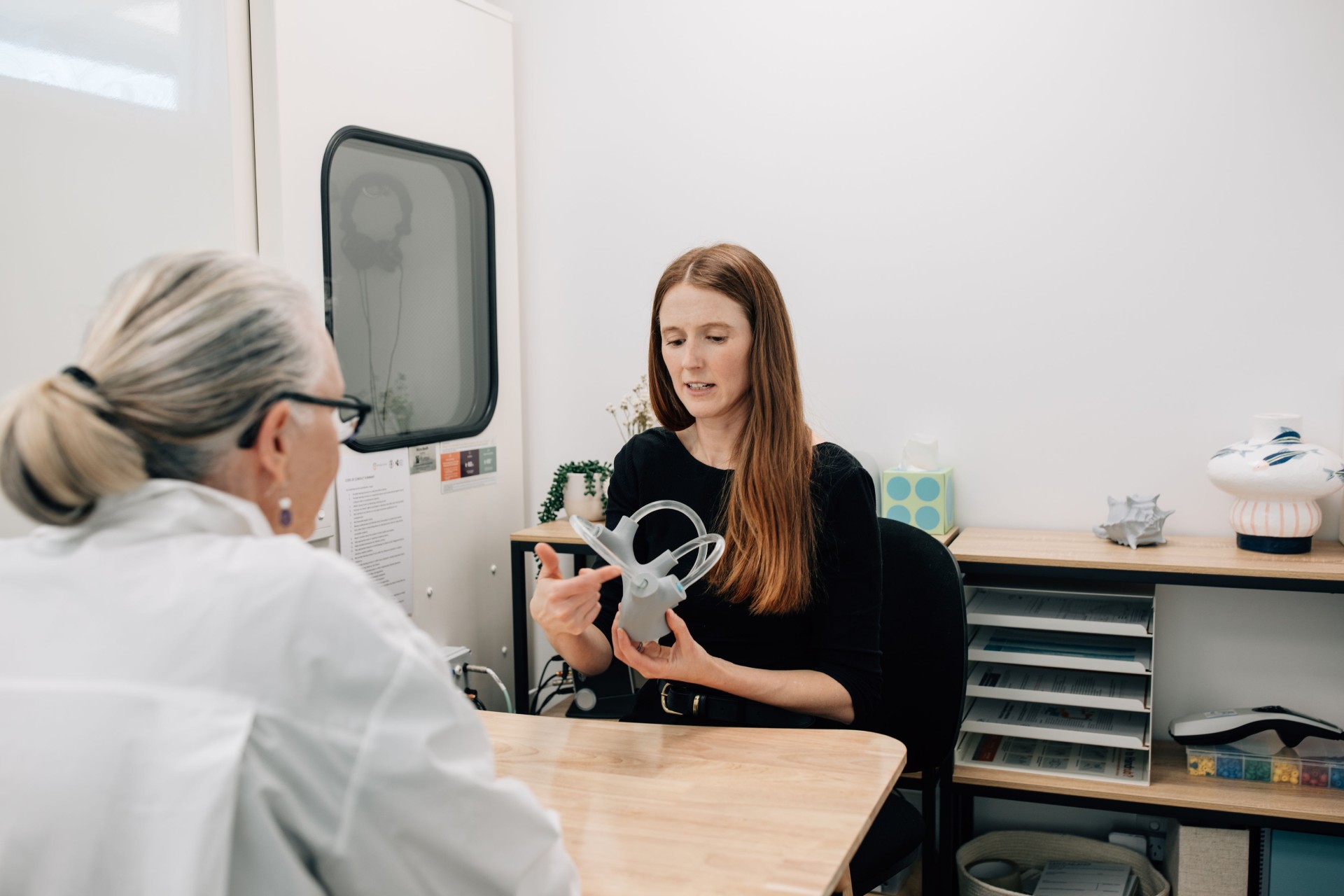The diagnosis of dizziness and vertigo is not always straight forward. We often see patients who have undergone every test imaginable, yet still don’t have an answer for their dizziness. That’s because many conditions that cause dizziness or vertigo don’t show up on standard blood tests or scans.
While these tests are a crucial part of ruling out serious issues, we understand how frustrating it is to keep hearing that ‘everything looks normal’—especially when you feel anything but.
What causes vertigo?
Vertigo can be categorized into two main types based on the origin of the problem: central and peripheral. Each type has distinct causes, and understanding the difference can help in identifying the underlying condition.
Peripheral Vertigo
This type of vertigo originates in the inner ear or the vestibular nerve (the nerve responsible for transmitting balance information from the ear to the brain). Peripheral vertigo is much more common than central vertigo.
Common causes of Peripheral Vertigo:
– Benign Paroxysmal Positional Vertigo (BPPV)
– Labyrinthitis or Vestibular Neuritis
– Superior Canal Dehiscence (SCD)
Central Vertigo
Central vertigo can be caused by issues with how the brain is processing balance information from the inner ear. Some central causes of vertigo include:
– Persistent Postural-Perceptual Dizziness (PPPD)
For more information and support for vestibular (inner ear and brain balance) disorders, visit the Vestibular Disorders Association
The tests we perform at Ears in Balance are key to diagnosing some of the conditions listed above. You can find out more about our assessments here.
Treatment of Dizziness and Vertigo
Depending on your diagnosis, the most effective treatment plan may include balance retraining exercises, medication, and addressing lifestyle factors like sleep and nutrition. Education about your specific type of dizziness will also play a key role in your recovery.

